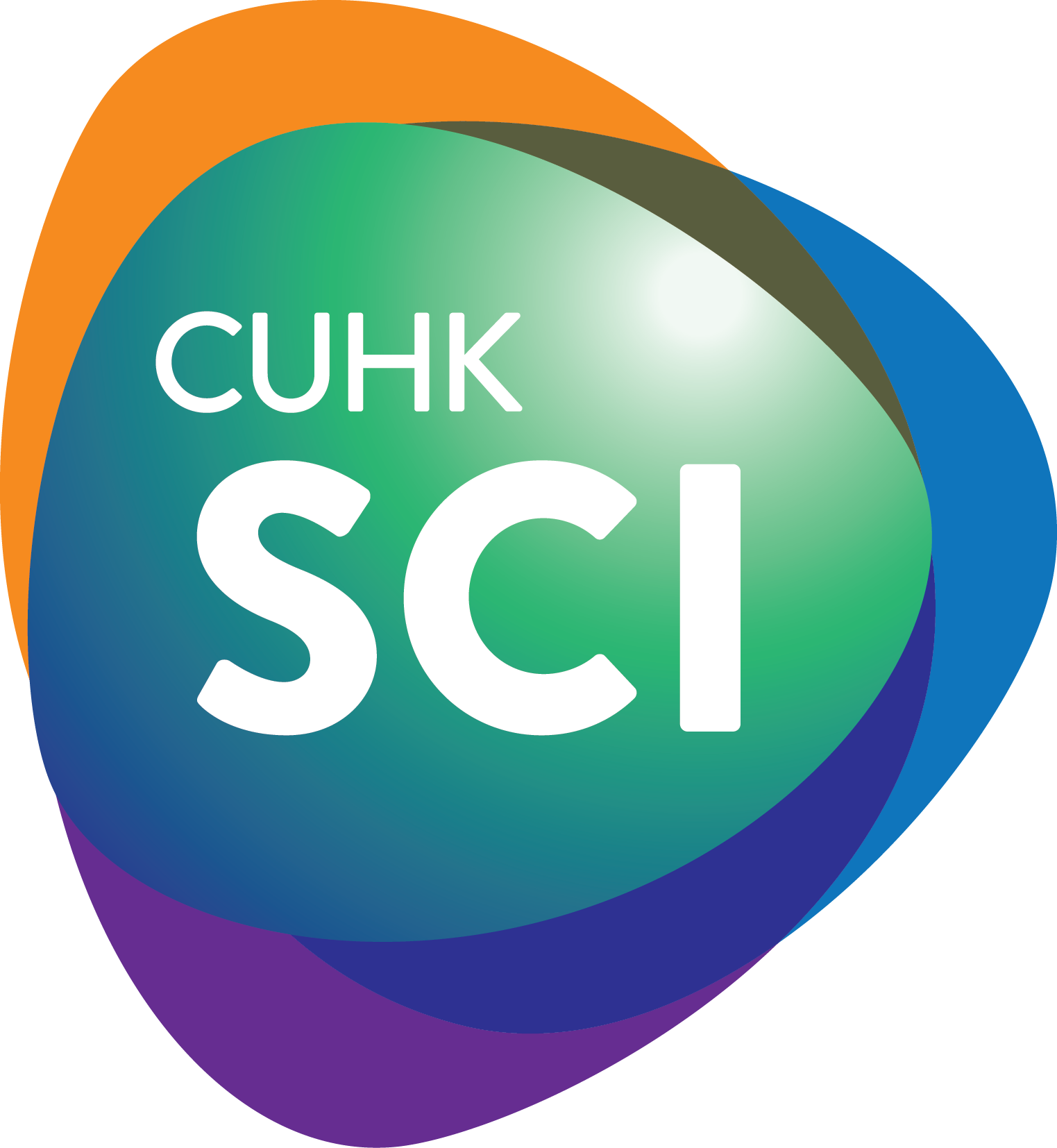RESEARCH
Astrophysics & Fundamental Physics
Computational Astrophysics
Substantial effort has been devoted to the development of MHD (magnetohydrodynamics) code, Scorpio. This code will be applied to study the processes of star formation, planet formation and galaxy evolution. We try to understand the complicated interplay between self-gravity, turbulence and magnetic fields within molecular clouds that eventually lead to the formation of stars. We study how exoplanets form within a protoplanetary disc surrounding a young star. We explore the structure and evolution of disc galaxies. The results of these theoretical models will confront with observational data.
(T.K. Chan | M.C. Chu | P.K. Leung | H.B. Li)
Gravitational Waves

We work on gravitational-wave theory and observations. CUHK is a part of the international LIGO, Virgo, and Kagra Scientific Collaboration, and our members use laser interferometers to study gravitational waves from merging black holes and neutron stars, exploding supernovae, and other highly energetic and violent phenomena. Beyond our work on gravitational-wave observations, at CUHK we furthermore study gravitational-wave theory, including quasinormal modes of gravitating systems, late-time behavior of gravitational waves, and inversion of the internal structure of neutron stars.
Hong Kong has had a long history of successful research in astronomy, cosmology, and particle physics, including research on cosmic rays, dark matter, galactic dynamics, elementary particle physics, and star formation. The research in gravitational waves is one of the key parts of a broader Hong Kong effort to study astronomy, cosmology, and fundamental physics.
Further reading:
What are gravitational waves?
LIGO experiment
High-energy Astro-particle Physics
High-energy particle messengers, such as cosmic rays, gamma rays, and neutrinos provide unique views to some of the most exotic sources in the Universe. We are interested in the production, propagation, interaction, and detection of these messengers, as well as their application to astrophysical problems in the context of multimessenger astrophysics. We are also interested in using these messengers as probes of fundamental physics, such as dark matter detection, neutrino properties, and other beyond-standard model physics.
(Kenny C.Y. Ng)
High Energy Physics
Study of subatomic particles and their interactions, and search for newparticles and new phenomena in proton-proton collision data from the Large Hadron Collider at CERN. The research program includes detector systems, readout electronics and physics analysis; our physics analysis goals include the measurement of the properties of the Higgs boson, searches for dark matter particles and searches for new high-mass resonances.
(H.C. Cheng | M.C. Chu | L.R. Flores-Castillo)
Neutrino Oscillation Experiment
(Theta13.phy.cuhk.edu.hk) The project aims at measuring the theta 13 mixing angle of neutrino, using neutrinos from the Daya Bay Nuclear Power Plant. A satellite laboratory at the Aberdeen Tunnel has been setup to study the cosmic rays background.
(M.C. Chu)
Phenomenological and Computational Astrophysics and Cosmology
One of the most important outstanding problems in cosmology and particle physics is the nature of dark matter, which is believed to be the dominant form of matter in the universe. We are interested in how various dark matter candidates and neutrinos affect the evolution of stars and the universe. Current projects include decaying dark matter cosmology, fuzzy dark matter cosmology, dark-matter admixed compact stars, dark matter indirect detection, and neutrino cosmology.
(T.K. Chan | M.C. Chu | Kenny C.Y. Ng)
Star Formation
A process by which diffuse galactic gas forms molecular clouds as “stellar nurseries”, which further fragment into filaments, cores, discs and finally, stars. We study the roles played by various forces during this process, especially by self-gravity, turbulence, and magnetic fields. The study involves observations from Hawaii and Chile and two-fluid magnetohydrodynamic simulations. For this purpose we develop our own astronomical instruments (e.g., APol) and numerical codes (e.g., Scorpio).
(H.B. Li)
Relativity and Astrophysics
Cosmology. Relativistic astrophysics, neutrino astrophysics.
(M.C. Chu | L.R. Flores-Castillo | P.K. Leung | L.M. Lin | Kenny C.Y. Ng)

